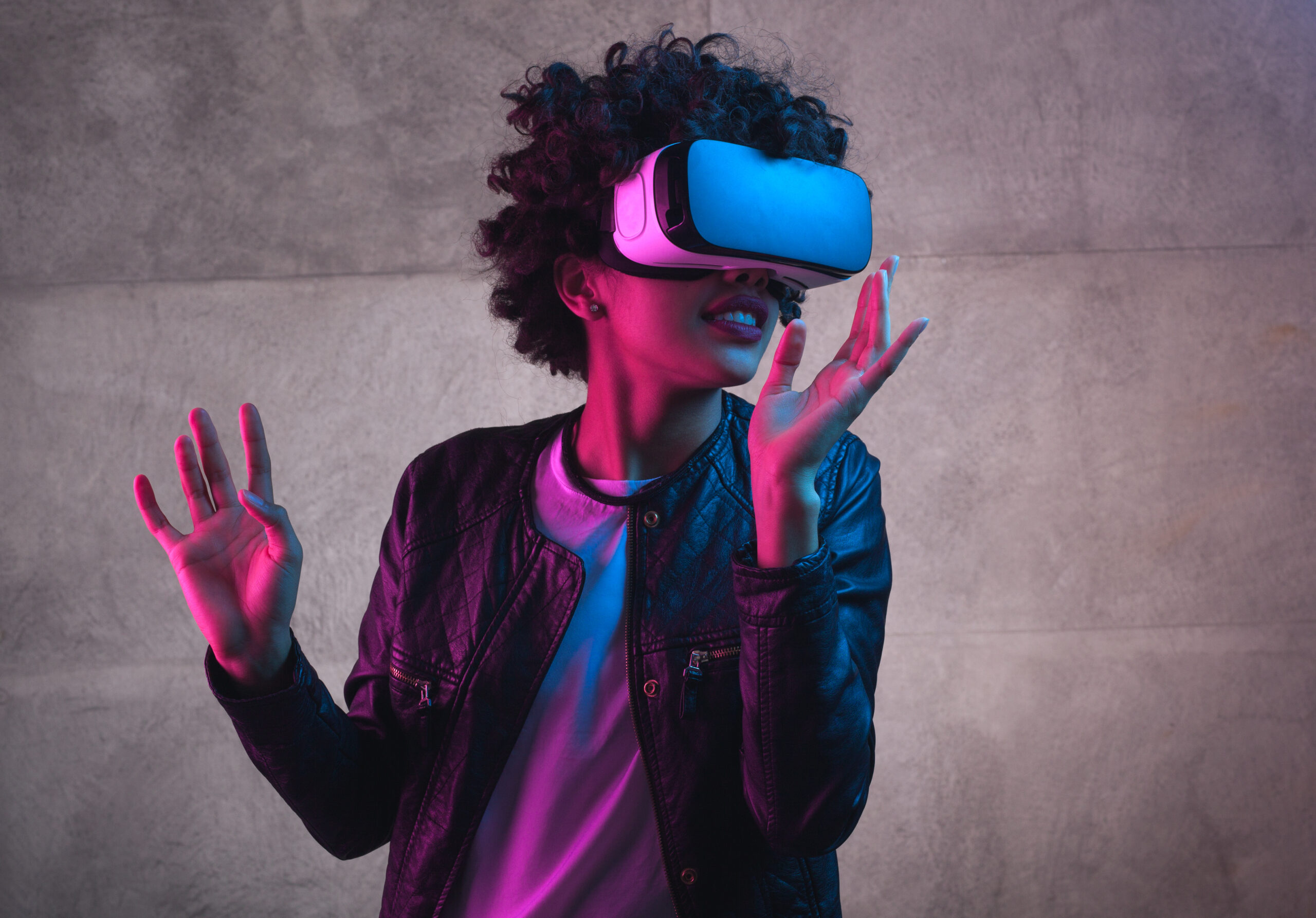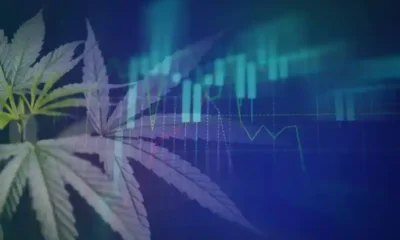Connect with us
Published
8 months agoon

Virtual reality (VR) isn’t just an immersive recreational activity for gamers anymore. As psychedelic-assisted therapy continues to take off, offering relief to a growing number of patients navigating hard-to-treat or treatment-resistant mental health conditions, VR could very well become a crucial tool in the emerging practice. According to Microdose, VR is already being used in a number of ways to improve the safety and effectiveness of psychedelic therapy, namely to train therapists, help people prepare for their psychedelic therapy, to guide them through the experience and help them integrate. Of course, VR has already moved beyond video games, finding its way into a number of different industries aside from psychedelic medicine. Though VR is specifically suited for psychedelic medicine in a number of ways. A main hurdle in psychedelic-assisted therapies is the unpredictable nature of the experience, especially for those who haven’t taken psychedelics before. Instead of going in blind, VR can be used to create virtual environments that simulate aspects of the psychedelic journey for patients, mimicking the sights, sounds and sensations often associated with psychedelics. In turn, patients can become familiar with the experience and embrace the comfort of knowing what’s to come before they begin their actual session. VR can also be used to help minimize potential triggers or stressors that may arise during the psychedelic journey. VR technology can create controlled and safe environments, exposing individuals to simulated challenging situations within a controlled environment to help them to navigate and manage their responses, effectively reducing the likelihood of adverse reactions. VR isn’t just about preparation for the main event, either. The technology can also be used to provide support during the psychedelic experience itself. Trained therapists can use VR to help remotely guide and support individuals, even those who may be in different physical locations. That virtual presence can help patients to feel more connected, along with a better sense of safety and support during their journeys. Of course, this technology is still advancing, alongside the psychedelic medicine practice as a whole, so we’re bound to continue learning more about the potential of VR as it comes to psychedelic-assisted therapies. Accessibility is also a challenging conversation when it comes to both topics, as psychedelic-assisted therapies are still limited (as far as those regions that can legally offer the service) and expensive. Additionally, access around VR technology has long been an issue, though it’s beginning to improve as more therapists and individuals seek out psychedelic-assisted therapy. While we’ll likely see a continued embrace of VR alongside psychedelic medicine, it isn’t a brand new concept. Last year, a study published in the journal Frontiers of Psychology looked at the potential of VR technology for psychedelics, citing a number of the same benefits as Microdose with a handful of other potential applications including: ? Mitigation of psychological side effects through enhancing the state of relaxation ? Helping participants to sustain their focus on intention by removing familiar cues that keep them tethered to the external world ? Encouraging entrance to the inner world of experience by inducing a mindful presence ? Deepening the intensity of acute psychological and emotional states ? Priming the capacity to achieve an altered state of consciousness through familiarization and comfort ? Enhancing and maintaining a hierarchy-free therapeutic alliance that is consistent throughout treatment ? Strengthening resilience and a sense of agency around facing challenging experiences A separate 2022 study examined a new VR experience, Isness-D, which was made to mirror specific transcendent psychedelic effects. The story began with creator David Glowacki, who took a steep fall while walking in the mountains 15 years ago and began to suffocate as blood leaked into his lungs. He described his field of perception shifting, a transformative experience that ultimately brought him peace. After his accident, Glowacki approached the experience with curiosity and attempted to recapture that same transcendence. Isness-D technology is meant for groups of four or five, based anywhere in the world. The participants are represented as a cloud of smoke with a ball of light around the location of their heart. The experience features energetic coalescence, meaning that participants can gather in the same VR landscape and overlap their bodies, making it impossible to tell where one starts and another ends, contributing to a sense of connectedness and ego reduction that psychedelic experiences commonly bring. While this technology could similarly help folks to prepare for an actual psychedelic experience, the study found that the VR experience itself was comparable to psychedelic experiences, with the strongest qualitative theme for Isness-D participants being connectedness.This means that VR technology on its own may be an alternative option for those curious about psychedelic medicine who may not be ready for the treatment, can’t access it or can’t afford it. As psychedelic-assisted therapies as a whole are still in their infancy, alongside their marriage with VR technology, we will likely continue to see further breakthroughs as we continue to press on.


Clinical Trial To Assess LSD Microdosing For PMS


Survey: High-THC Flower Yields Few Serious Side Effects in Patients


Connecticut House Approve Bill Regulating Hemp Products


Hemp Clothing Market to Hit $23B by 2031, Report Predicts


Despite City Efforts, Hemp Shops Posing as Dispensaries Prevail in Las Vegas


Cannabis Community, Investors React to DEA Decision To Reschedule
